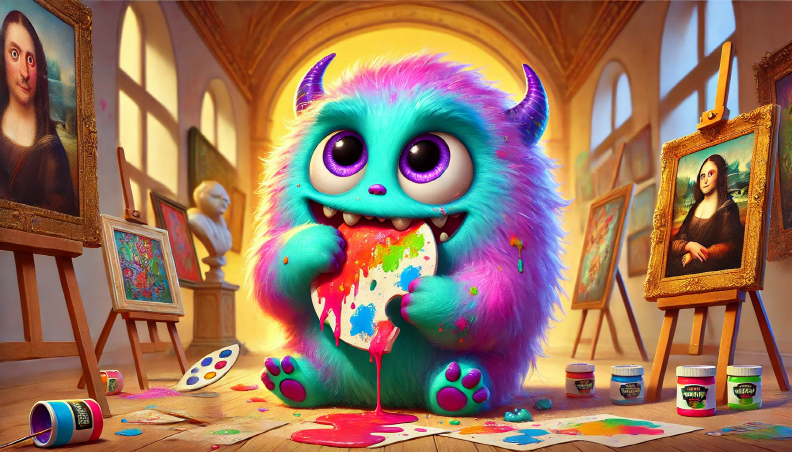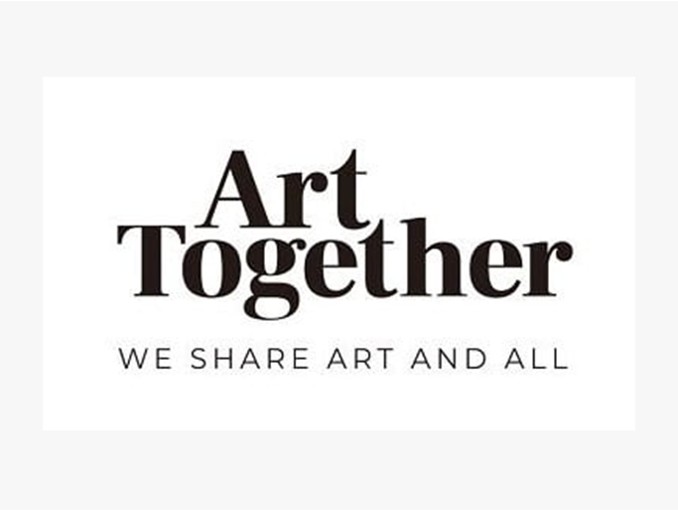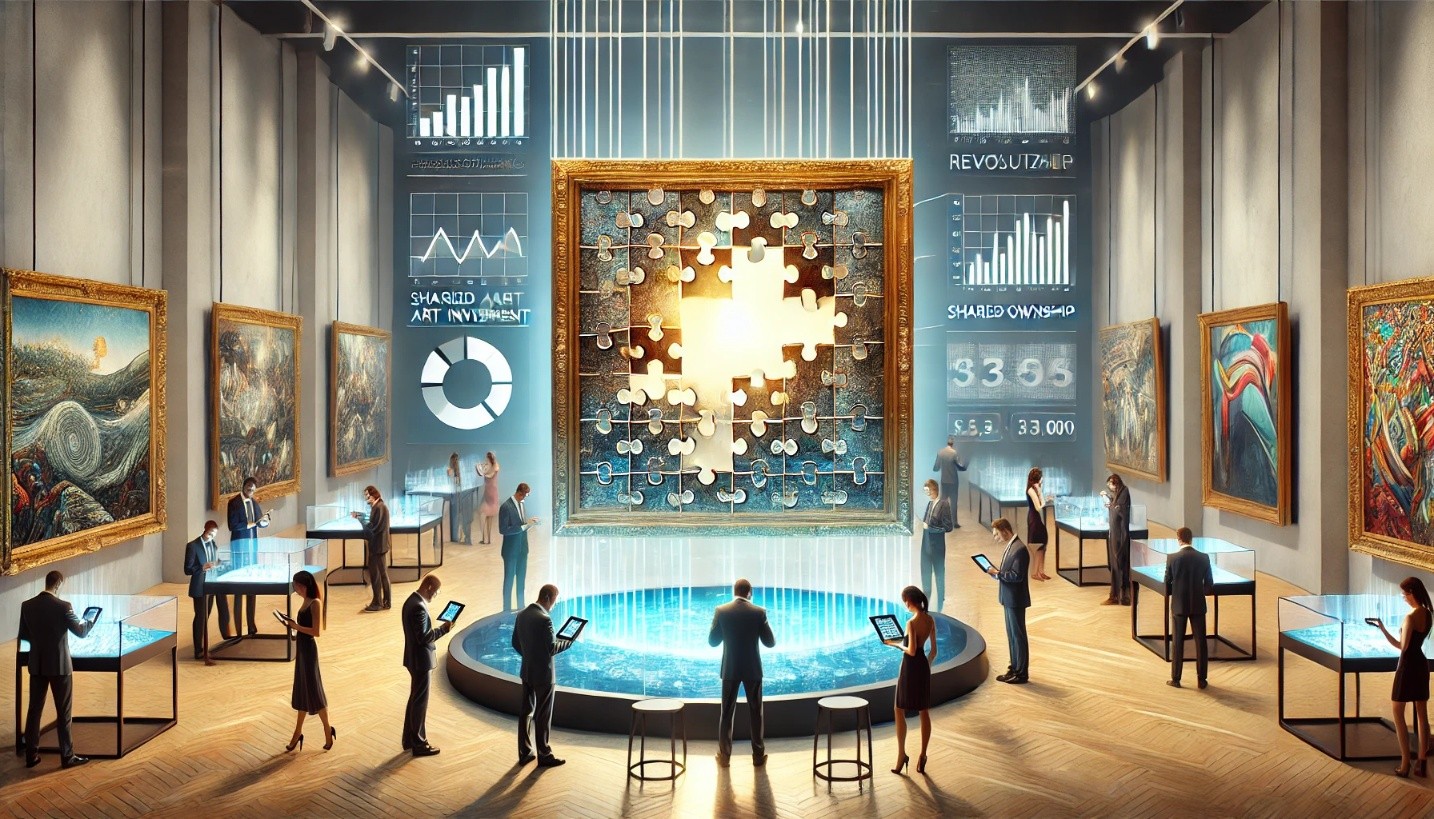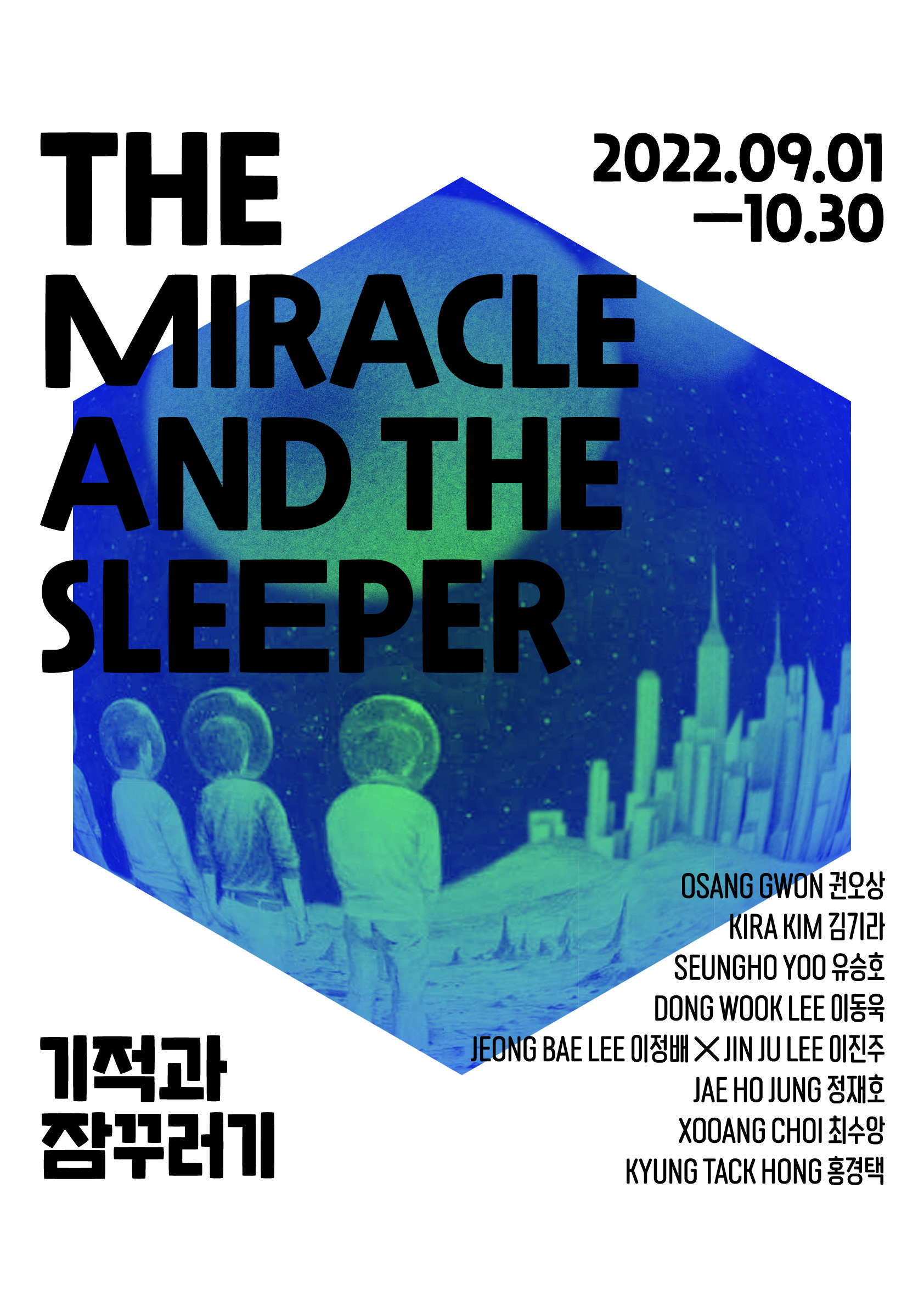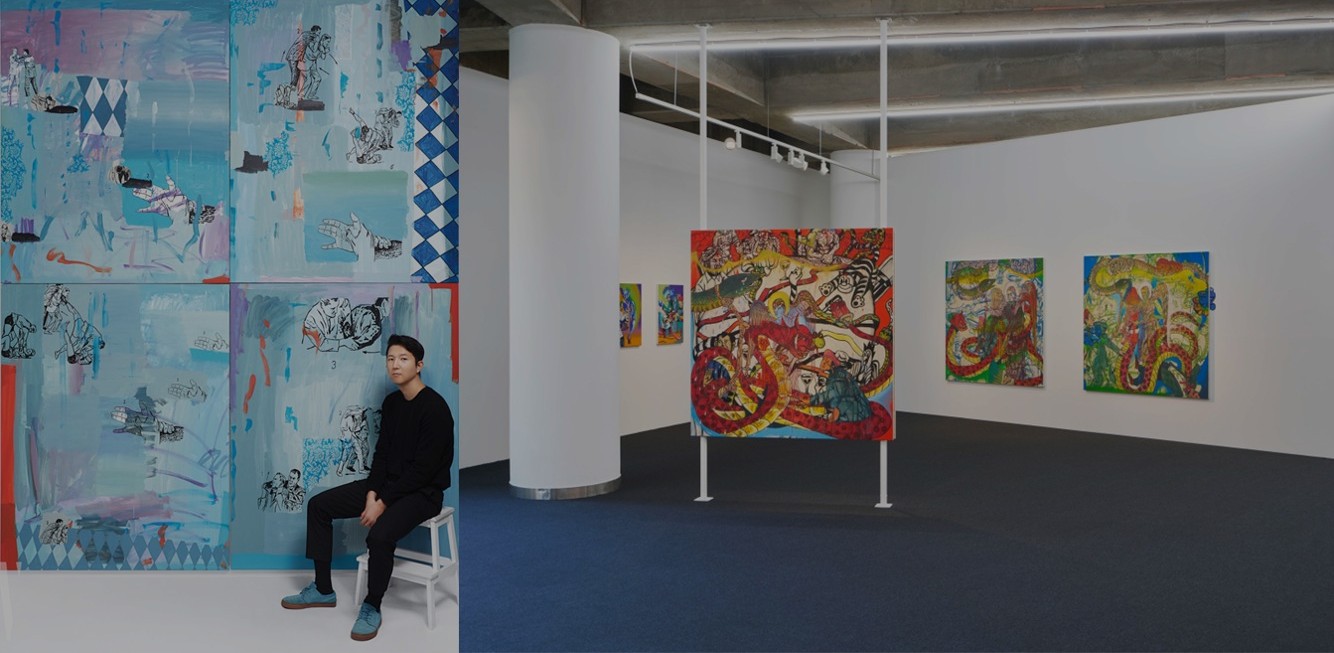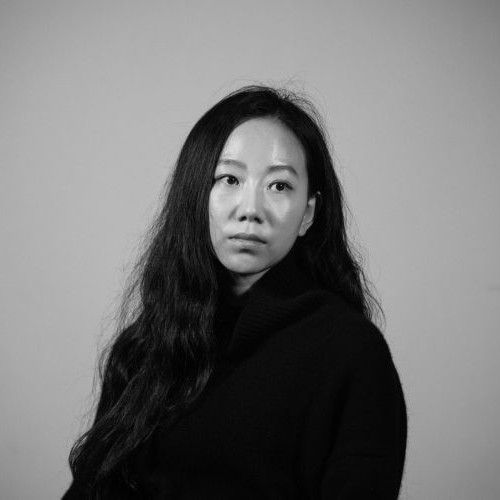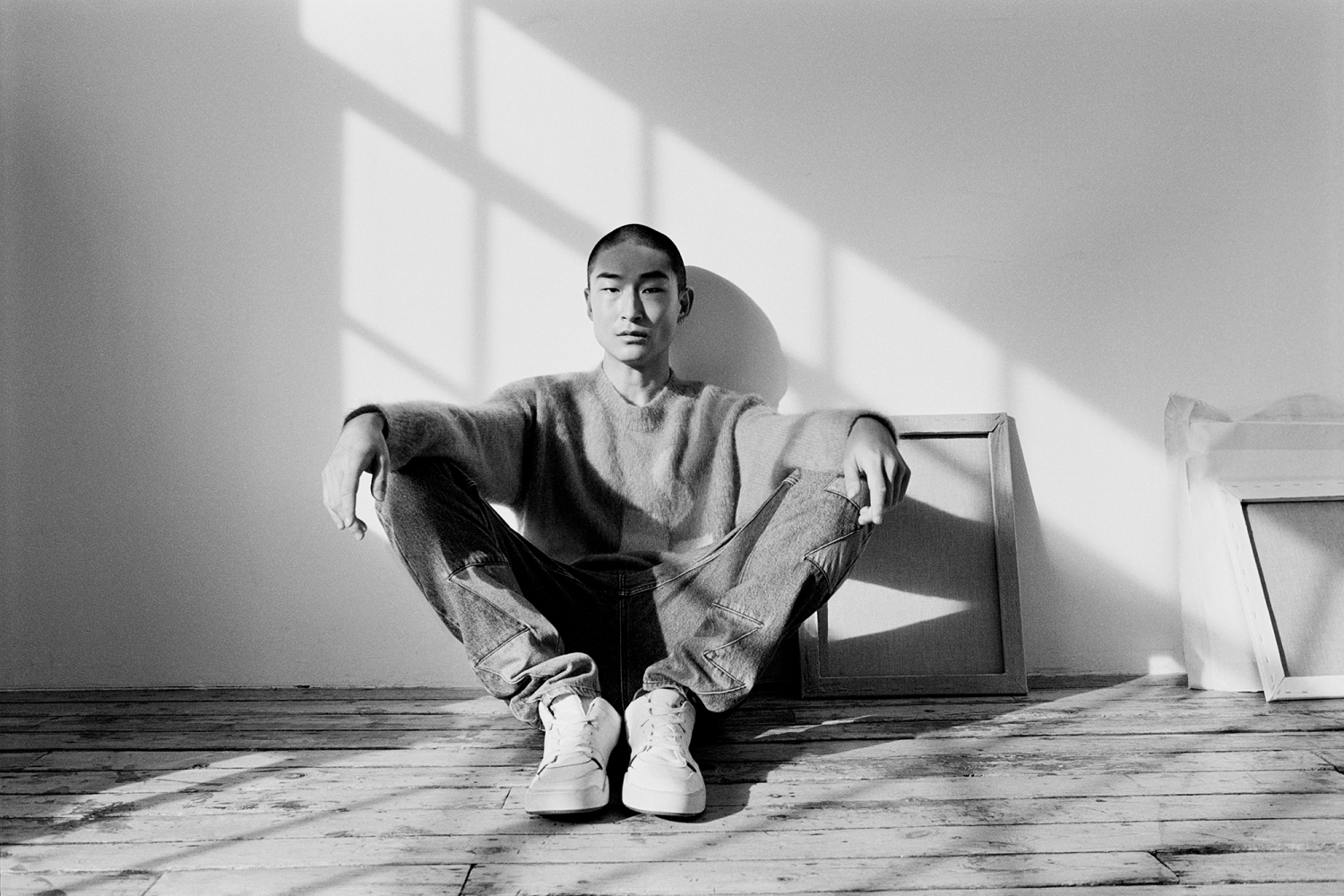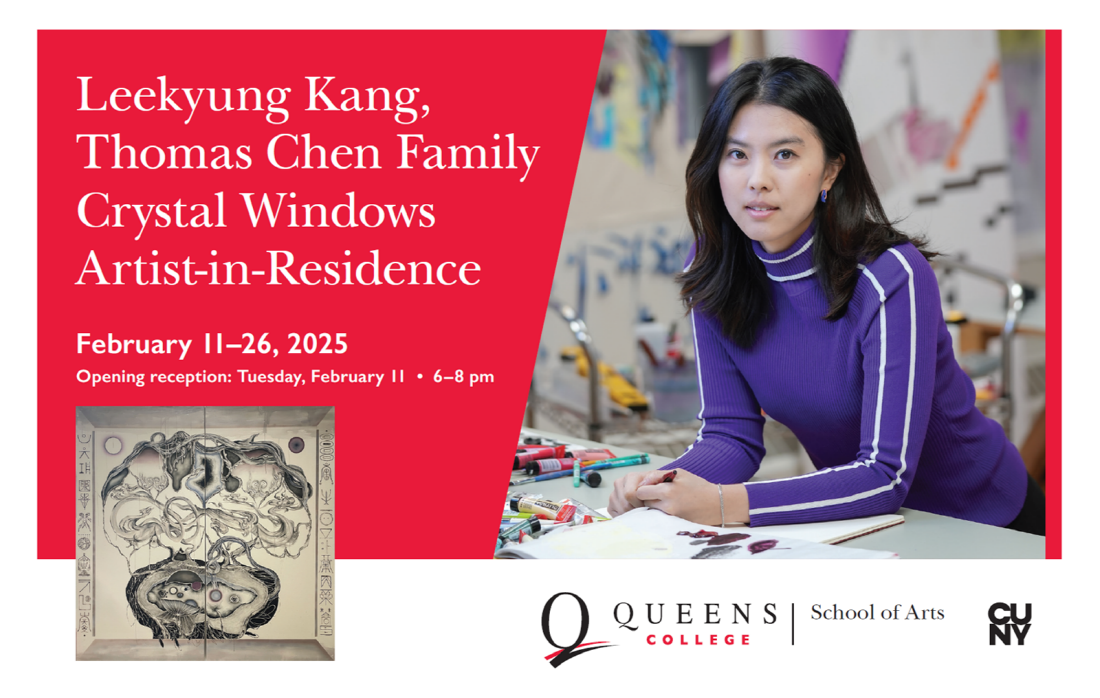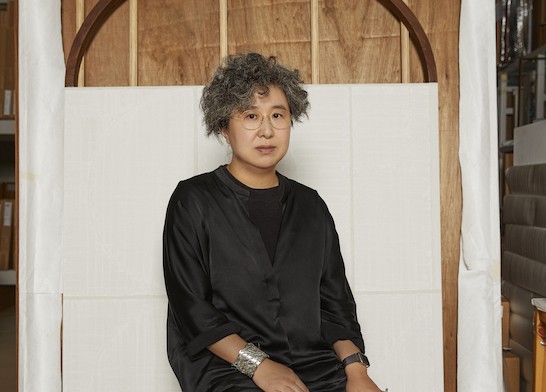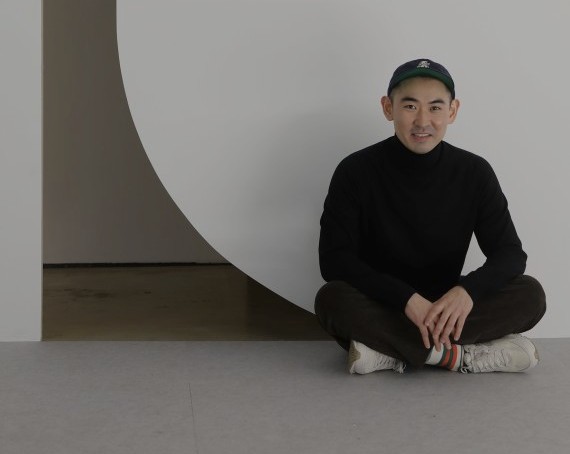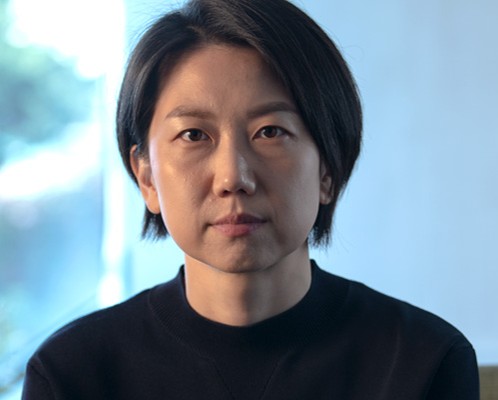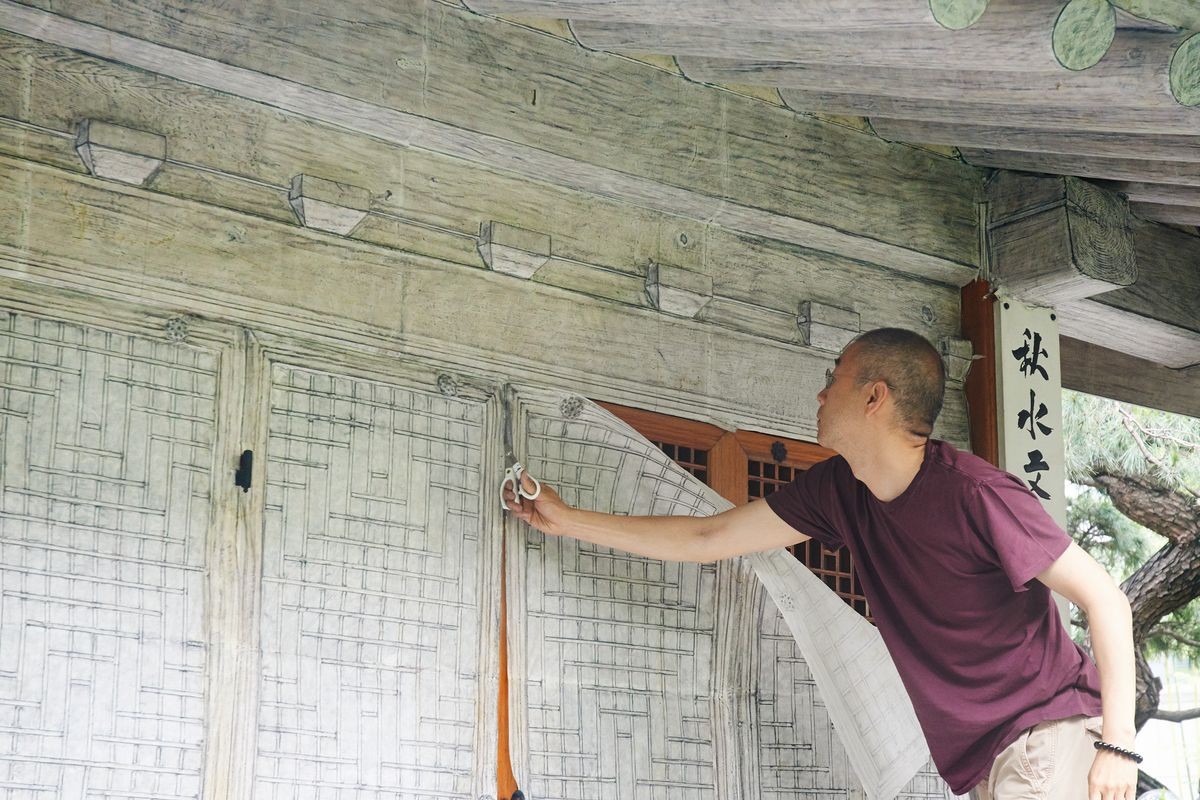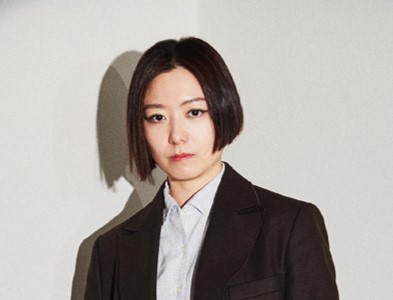Kim Jipyeong (b. 1976) has presented works
that explore contemporary themes through the techniques and styles of Oriental
painting, or Korean traditional painting. Rather than viewing the past and
present as opposing forces or focusing on modernizing tradition, the artist
aims to discover the contemporary within tradition by considering what has been
omitted from both realms.
 Kim Jipyeong,
Still Life-Scape, 2007 ©Kim Jipyeong
Kim Jipyeong,
Still Life-Scape, 2007 ©Kim JipyeongFrom 2001 to 2012, she primarily presented paintings that reinterpreted traditional Korean folk art styles, such as Chaekgeori (still-life paintings of books and stationery), Munjado (paintings of Chinese characters), and Hwajodo (paintings of flowers and birds), as well as the decorative elements of Dancheong (traditional Korean decorative coloring on wooden buildings). Using acrylic paint, she modernized these styles to suit the times, gaining early recognition for her vibrant ‘Chaekgeori’ series.
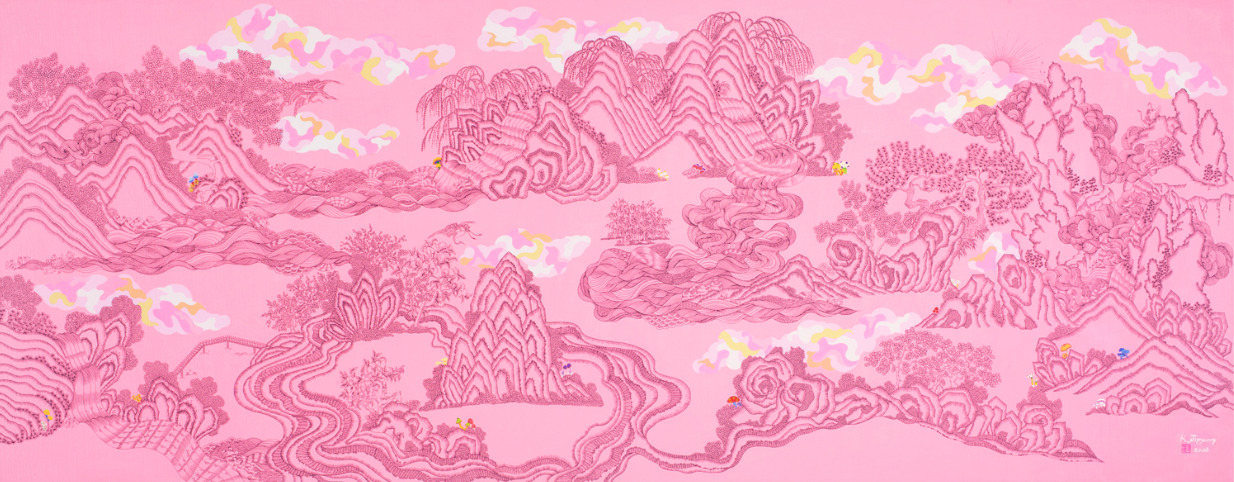 Kim Jipyeong,
Michaesansu (迷彩山水圖) - Mushroom Mountain, 2008 ©MMCA
Art Bank
Kim Jipyeong,
Michaesansu (迷彩山水圖) - Mushroom Mountain, 2008 ©MMCA
Art BankKim Jipyeong's early works reflect her
exploration of the interaction between tradition and contemporaneity, as well
as between folk elements and modern art. For instance, her 2008 work
Michaesansu (迷彩山水圖) - Mushroom
Mountain incorporates a distinctly contemporary Korean landscape into
the traditional formats of Sansuhwa (Korean landscape painting) and folk
art.
The word “Michae” (迷彩) in the title translates to “camouflage,” a term commonly
associated with military concealment or deception. From a distance, the
painting appears to be a beautiful traditional landscape, but upon closer
inspection, military markers hidden within the mountains emerge, prompting
reflections on the meanings concealed within familiar sceneries.
By embedding camouflage patterns, symbolic
of military deception, into the traditional landscape format, Kim not only
evokes another layer of concealment and illusion but also mirrors the realities
of the “here-and-now” while simultaneously creating a sense of fantasy.
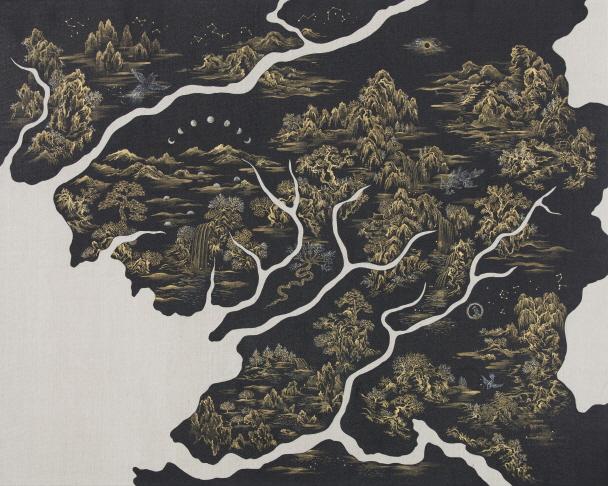
Kim Jipyeong, Pyeongan-Do, 2014 ©Kim Jipyeong
Since 2013, the artist delving into the
materials, theories, and philosophical concepts of Oriental painting while
connecting them to the present. For example, in her 2015 solo exhibition 《Pyeongan-Do》 at Art Company GIG, Kim
addressed themes of family history and the division of the Korean Peninsula
through the format of old maps and the Geumnihwa (gold pigment painting)
technique.
In this exhibition, Kim presented works
centered on Pyeongan Province, her mother’s hometown. Due to the division of
Korea, she was unable to witness Pyeongan Province directly, so she traveled
and imagined its landscapes through various resources, including literature,
paintings, and maps. For instance, she studied the topography by comparing
historical maps she had collected with Google Earth and indirectly experienced
the sentiments of Pyeongan Province through its written descriptions and
anecdotes, reconstructing its essence from the past.
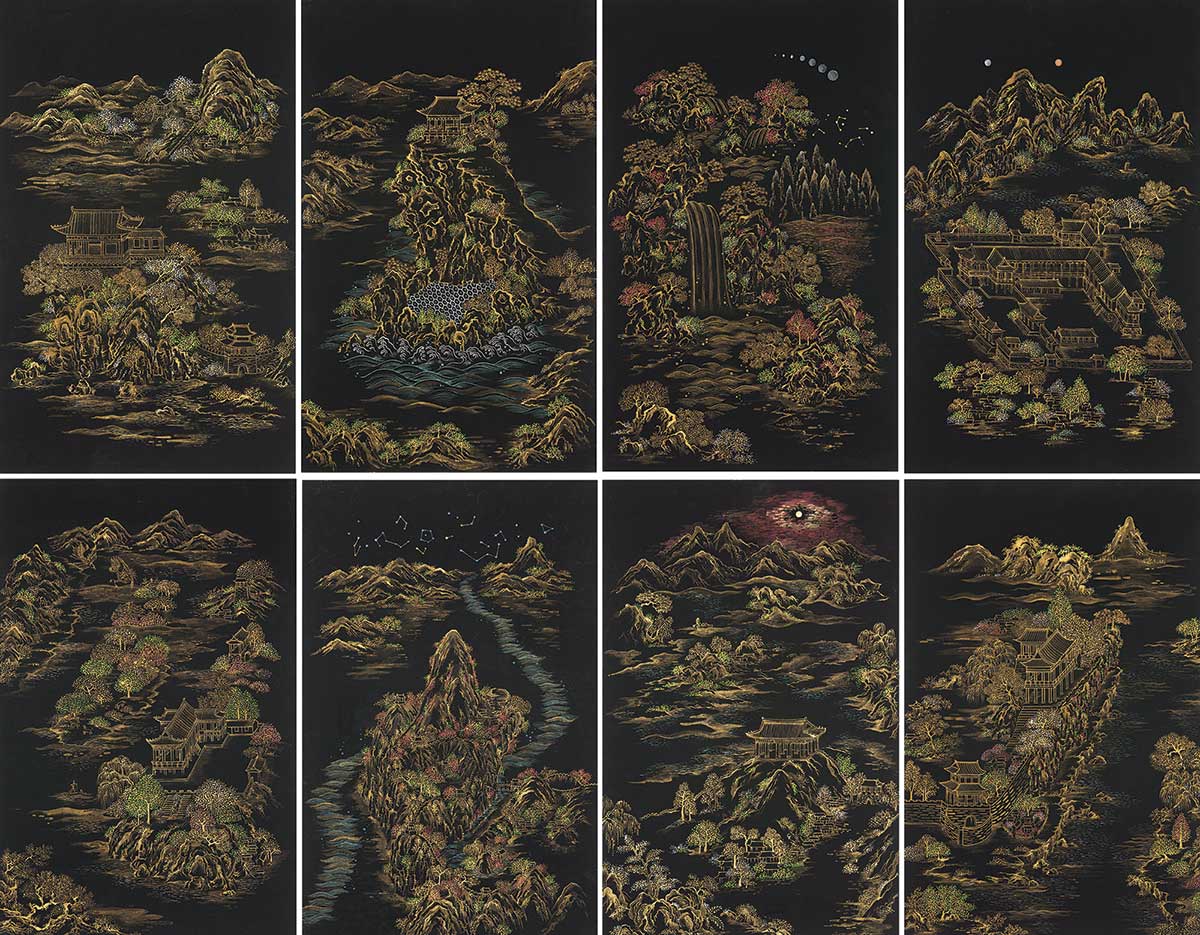 Kim Jipyeong,
Kwanseopalgyeong (關西八景), 2014 ©Kim Jipyeong
Kim Jipyeong,
Kwanseopalgyeong (關西八景), 2014 ©Kim JipyeongUsing
her collected materials and imagination, Kim Jipyeong reinterpreted Pyeongan
Province—a place she could neither visit nor experience firsthand—through the
techniques of Oriental painting. In Kwanseopalgyeong (關西八景)
(2014), which beautifully depicts eight scenic spots of Pyeongan Province, Kim
employed the Geumnihwa technique, a method that first emerged during the
mid-Joseon period.
Geumnihwa
involves painting landscapes with gold pigment on black silk or paper,
traditionally used for royal court decorations or paintings reserved
exclusively for the king, symbolizing authority and grandeur. By applying this
technique, Kim transformed Pyeongan Province into a splendid and fantastical
landscape. Through this process, she reframed the region not solely as a site
of tragic history and conflict but as a mysterious and beautiful space.
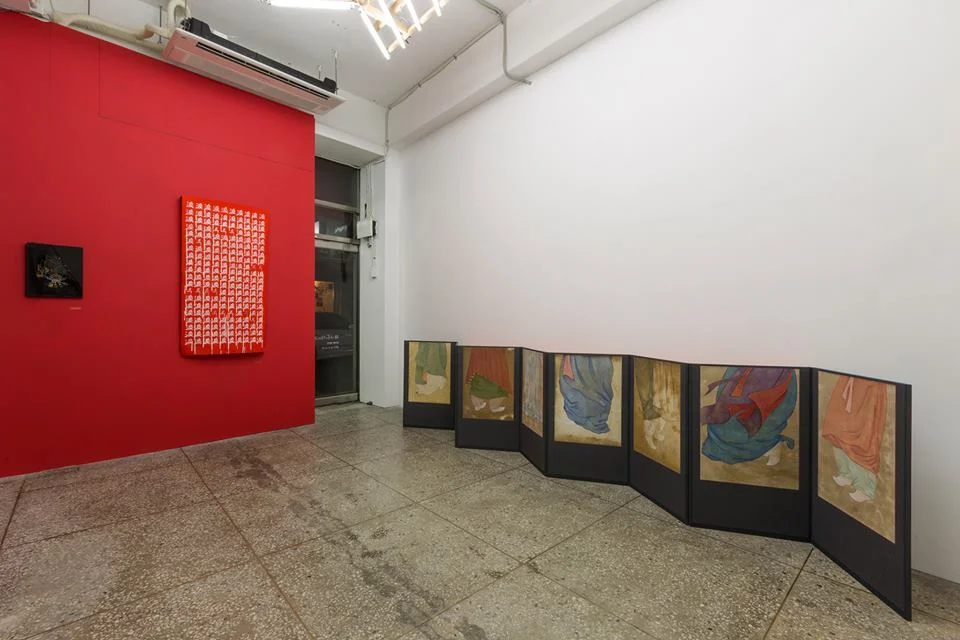 Installation view
of 《Jaenyeodeokgo (才女德高)》 (Hapjungjigu, 2017) ©Hapjungjigu
Installation view
of 《Jaenyeodeokgo (才女德高)》 (Hapjungjigu, 2017) ©HapjungjiguKim Jipyeong extensively researches
folktales, myths, travelogues, and historical texts, focusing on marginalized
narratives and excluded traditions hidden within them. Paintings from the
Joseon dynasty, dominated by a Confucian worldview, were often created based on
male-centered culture. Kim highlights the elements omitted or deemed taboo
during that period—such as women, sexual desire, shamanic paintings, Buddhist
art, and underground narratives—and incorporates these as key themes in her
work.
In her 2017 solo exhibition 《Jaenyeodeokgo (才女德高)》 at Hapjungjigu, Kim emphasized the language of femininity that had
been taboo in traditional paintings, presenting works that liberate this
forbidden language. The exhibition title, “Jaenyeodeokgo,” translates to “A
talented woman possesses great virtue.” It is both a challenge to the Confucian
value system that suggested women should lack talent to be virtuous and a
provocative question about the nature of “feminine talent.”
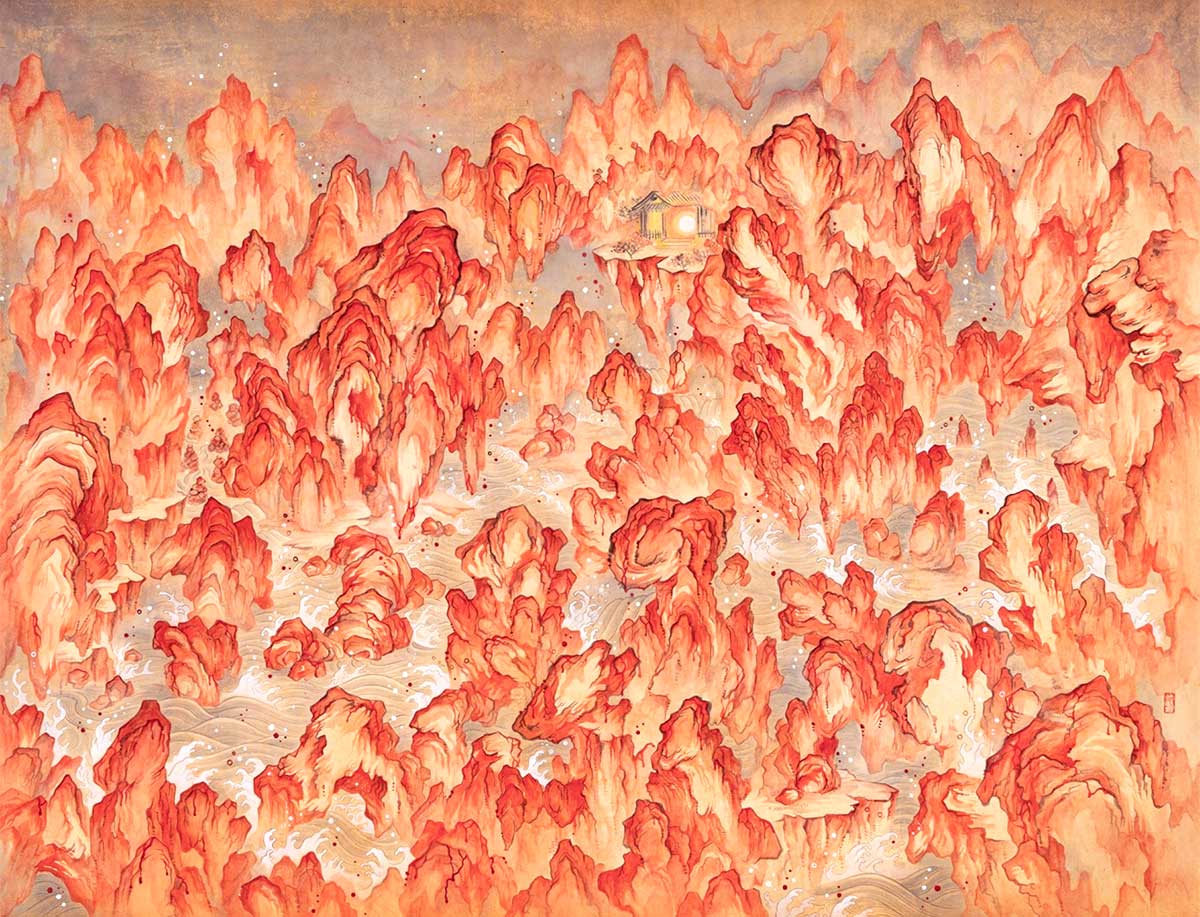 Kim Jipyeong,
blood and wine, 2017 ©Kim Jipyeong
Kim Jipyeong,
blood and wine, 2017 ©Kim JipyeongThe works showcased in the exhibition
commonly featured symbols associated with femininity, such as yeonjigonji
(traditional Korean red dots applied on the cheeks and forehead of women),
leopard patterns used in wedding ceremonies as protective charms, jokduri (a
traditional Korean bridal headpiece), as well as motifs from traditional
iconography, including minhwa (folk paintings), portraits of beautiful women
(miindo), and realistic landscape paintings (silgyeongsansu). Additionally, the
pieces incorporated flowing liquids reminiscent of bodily substances like blood
and tears, evoking a visceral sense of femininity.
Among the works, the landscape painting
blood and wine (2017), inspired by Eastern and Western
folktales and myths about menstruation, metaphorically addressed traditional
taboos surrounding women. To achieve this, Kim used cinnabar—a vivid red
pigment traditionally used in amulets in Korea—to "profane" the
depiction of women and landscapes. By doing so, the artist confronted and
challenged the taboos embedded in tradition.
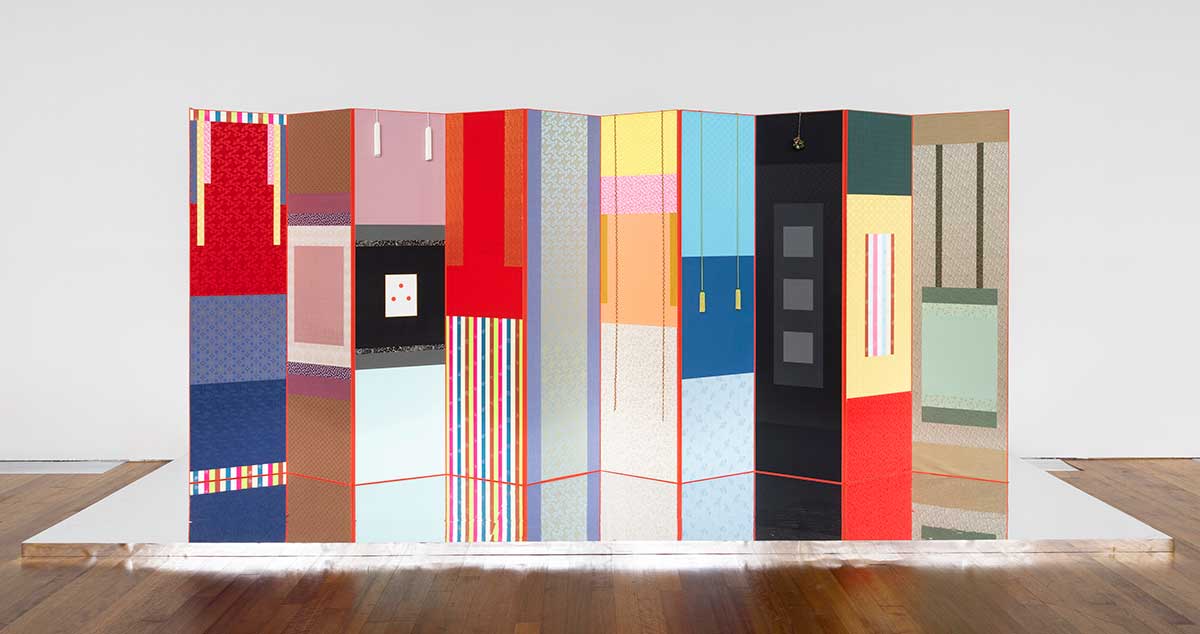 Kim Jipyeong,
Neungpamibo (凌波微步), 2019 ©Kim Jipyeong
Kim Jipyeong,
Neungpamibo (凌波微步), 2019 ©Kim JipyeongKim Jipyeong’s spirit of challenge
continued in her 2020 exhibition 《Friends from Afar》 at Boan1942. In this exhibition, she presented works that utilized
janghwang (the decorative mounting used for scrolls or folding screens). The
artist was particularly drawn to the fact that the names of various parts of
the janghwang—such as chima (skirt), jeogori (jacket), and somae (sleeve)—are
metaphorically associated with women’s clothing.
Focusing on the corporeality embedded in
janghwang, Kim removed the traditional paintings usually placed within folding
screens or scrolls and filled the space with the janghwang itself, transforming
each screen into a representation of diverse individuals. For instance, in her
ten-panel folding screen work Neungpamibo (凌波微步) (2019), she depicted the writings of ten female literati
from the Joseon dynasty.
These women writers, despite their literary
talents, were largely unrecognized and have been remembered only through
written records. Kim gave these forgotten figures a new sense of “embodiment”
by symbolizing them through various pieces of silk that she matched to the
characteristics of each writer. In doing so, she brought physicality and
presence to lives that had previously existed only as text.
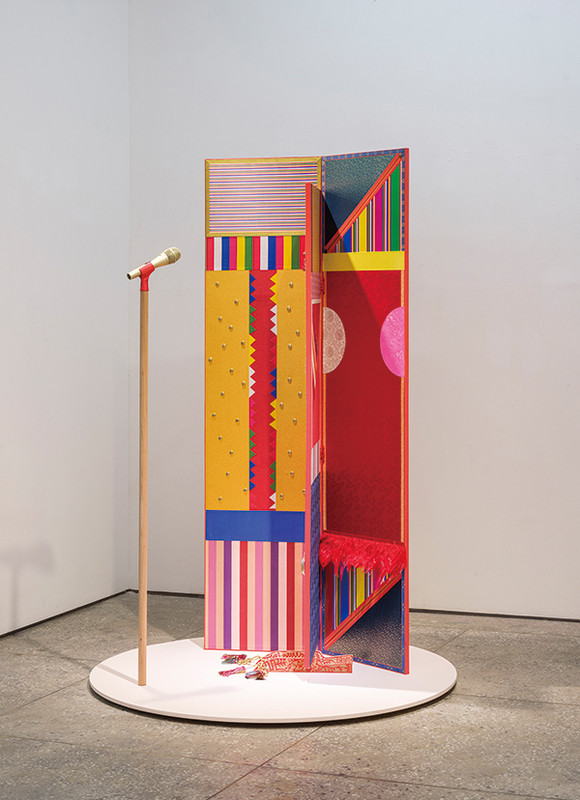
Kim Jipyeong, Diva-Shamans, 2023 ©Kim Jipyeong
In her 2023 solo exhibition 《Painting Lost》 at INDIPRESS, Kim presented
another series of scroll works titled ‘Diva’ (2023), which symbolize
individuals erased or marginalized in history. The “divas” Kim focused on
include European gothic female vocalists who challenged the male-dominated
conventions of rock music, Korean shaman women who have been dismissed as
“vulgar,” and grandmothers in Korea who endured sacrifices within the
constraints of a patriarchal society.
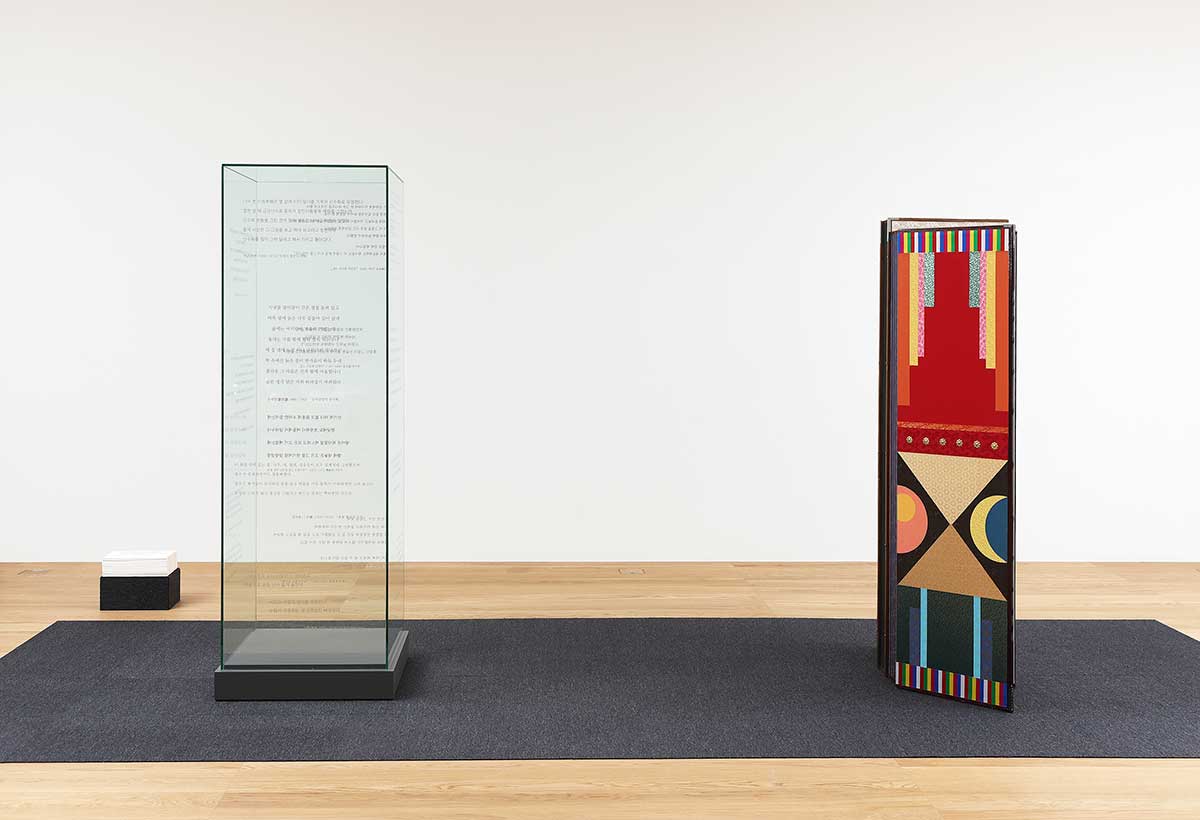 Kim Jipyeong,
Painting Lost, 2021 ©Kim Jipyeong
Kim Jipyeong,
Painting Lost, 2021 ©Kim JipyeongIn the same exhibition, Painting
Lost (2021) was another significant piece that focused on the theme
of absence. This work revolved around the landscape paintings of Shin Saimdang,
which, while documented in historical texts and records, no longer exist today.
The work literally embodies the concept of a “lost painting.” It features a
glass display case, resembling those found in museums, with silkscreened text
on the exterior describing the missing artwork.
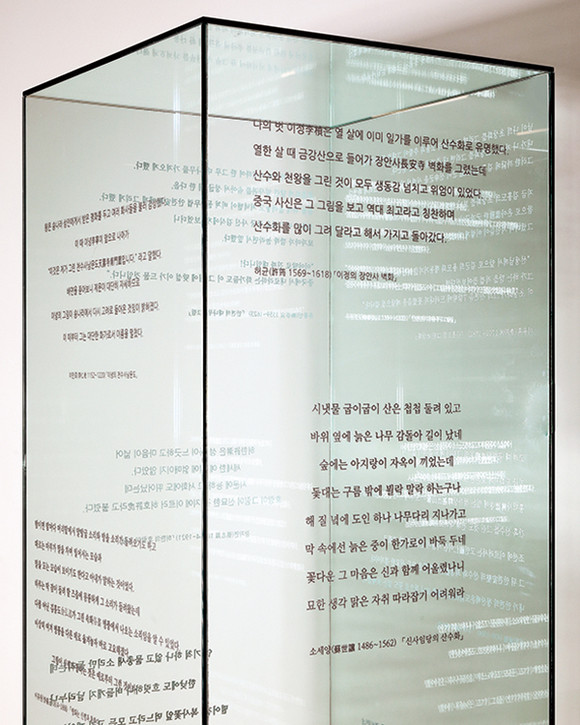
Kim Jipyeong, Painting Lost (detail), 2021 ©Kim Jipyeong
The empty case and the text praising the
lost landscape painting symbolize the fragile existence of Shin Saimdang’s
work, now preserved only in written form. Next to it, Kim placed a colorful,
but folded folding screen that could not be seen.
Art critic Moonjung Lee commented on the
piece, noting, “The empty glass box, the text about the painting, and the
folded, unseen screen reflect the artist’s ongoing engagement with themes such
as the fragmentation and loss of tradition, the politics of viewing, museum
practices of exhibition and preservation, and the history of East Asian art.”
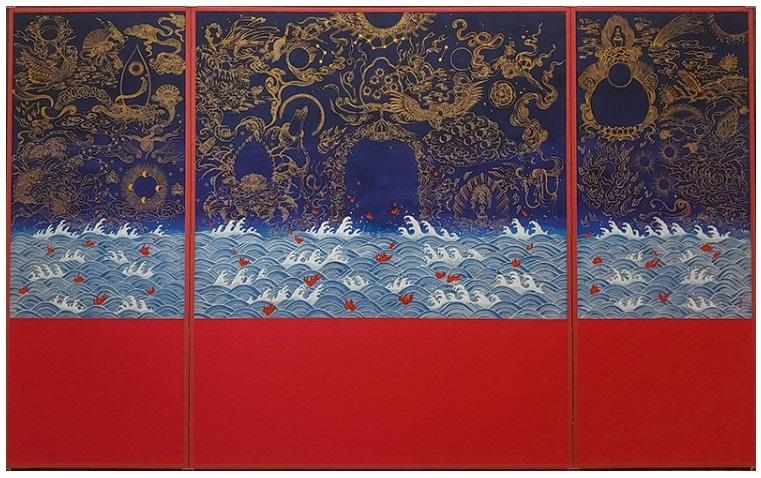
Kim Jipyeong, Gwangbae (光背), 2020 ©Kim Jipyeong
Along with this, Kim Jipyeong also focused
on Buddhist paintings and military portraits, which have often been regarded as
peripheral and neglected in traditional culture. She took note of the fact that
religious paintings always include elaborate decorations surrounding the divine
figures. Drawing from this observation, she removed the divine figures from her
works and left only the decorative elements behind.
The triptych Gwangbae (光背) (2020) features only the traditional decorative icon of
the gwangbae (halo), which is typically drawn around divine beings. A gwangbae
is a symbolic adornment that represents the greatness and transcendence of the
divine. By removing the divine figure and leaving only the gwangbae, Kim
conveys an era in which divinity and sacredness have disappeared.
In her paintings, the absence of the divine
carries neither a negative nor a positive meaning. It suggests that the divine
might have vanished from the scene or could still be waiting to arrive, leaving
an empty space behind.
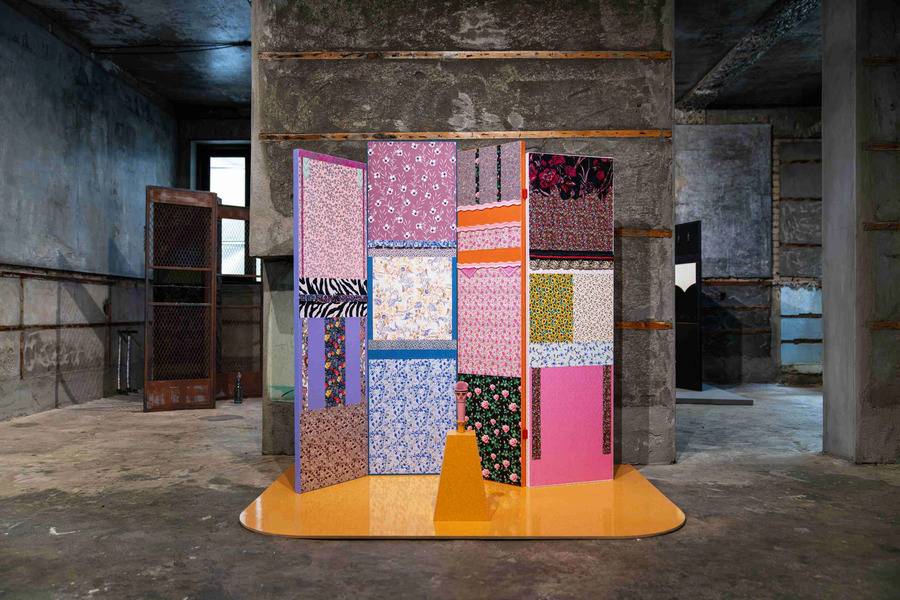 Kim Jipyeong,
Diva-Grandmothers, 2023, Installation view of 2024 Busan
Biennale (Choryang House, 2024) ©Busan Biennale
Kim Jipyeong,
Diva-Grandmothers, 2023, Installation view of 2024 Busan
Biennale (Choryang House, 2024) ©Busan BiennaleIn this way, Kim Jipyeong does not lean
exclusively toward either simply borrowing traditional symbols or updating the
inherent meanings of tradition in a modern context. She confronts the fixed
concepts and rules embedded in Eastern traditional art, such as traditional
painting, landscape painting, and folk painting, and reinterprets them in an
innovative way. By combining elements that have been excluded from the
histories of art, society, and culture, she generates new meanings.
"I want to break free from the preconception that tradition must be modernized. The goal is not to modernize tradition because it is pre-modern, but to discover the contemporary within tradition." (Kim Jipyeong, Vogue Interview, 2024.02.03)
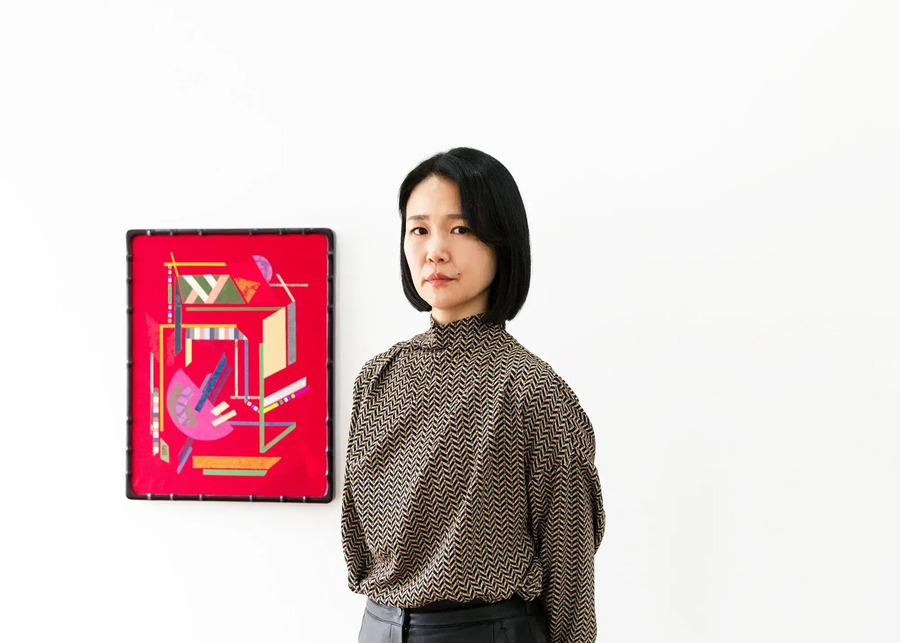
Artist Kim Jipyeong ©Busan Biennale
Kim Jipyeong graduated from the Department
of Oriental Painting at Ewha Women’s University and received a master’s degree
from the Department of Art Education at its graduate school. Since her first
solo exhibition 《Vivid Drop》 at
Gyeongin Museum of Fine Art in 2001, Kim has held numerous solo exhibitions,
including 《Brilliant Texture》
(Gana Contemporary, Seoul, 2013), 《Pyeongan-Do》 (Art Company GIG, Seoul, 2015), 《Jaenyeodeokgo
(才女德高)》 (Hapjungjigu, Seoul,
2017), 《Kiam Yeoljeon (奇巖列傳)》 (Gallery Meme, Seoul, 2019), and 《Friends
from Afar》 (Boan1942, Seoul, 2020).
Kim also participated in numerous group
exhibitions, including those at the ThisWeekendRoom (Seoul, Korea), Seoul
Museum of Art (Seoul, Korea), Art Space Pool (Seoul, Korea), Fengxian Museum
(Shanghai, China), Lee Ungno Museum (Daejeon, Korea), and INDIPRESS (Seoul,
Korea). Kim was one of the twenty artists selected for the 21st SongEun Art
Award (SongEun Art and Cultural Foundation, Korea) and participated in the 2024
Busan Biennale.
Her work is included in the collections of
the Seoul Museum of Art (Seoul, Korea), MMCA ArtBank (Gwacheon, Korea), Gana
Art Gallery (Gwacheon, Korea), Hana Bank (Seoul, Korea), Amorepacific Museum
(Seoul, Korea), and Hankook Chinaware (Chungju, Korea).
References
- 김지평, Kim Jipyeong (Artist Website)
- 보그, 가장 동시대적인 한국화에 대하여
- 국립현대미술관 미술은행, 김지평 - 미채산수도(迷彩山水圖)-Mushroom Mountain (MMCA Art Bank, Kim Jipyeong - Michaesansu (迷彩山水圖) - Mushroom Mountain)
- 아트 컴퍼니 긱, 평안도 (Art Company GIG, Pyeongan-Do)
- 합정지구, 재녀덕고 (Hapjungjigu, Jaenyeodeokgo)
- 유아트스페이스, 김지평 – blood and wine (UARTSPACE, Kim Jipyeong - blood and wine)
- 다아트, [이문정 평론가의 더 갤러리 (106) 김지평 개인전 ‘없는 그림’] ‘없는 그림’으로 흘러간 가치-기호에 말걸어 보기, 2023.12.22
- 부산비엔날레 2024, 김지평 (2024 Busan Biennale, Kim Jipyeong)



